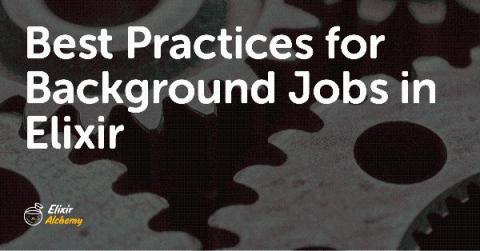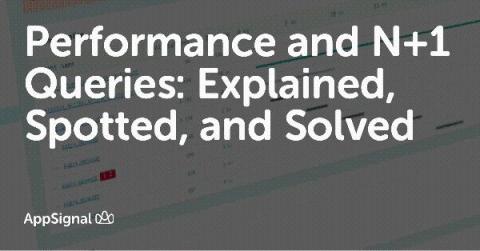Best Practices for Background Jobs in Elixir
Erlang & Elixir are ready for asynchronous work right off the bat. Generally speaking, background job systems aren’t needed as much as in other ecosystems but they still have their place for particular use cases. This post goes through a few best practices I often try to think of in advance when writing background jobs, so that I don’t hit some of the pain points that have hurt me multiple times in the past.











